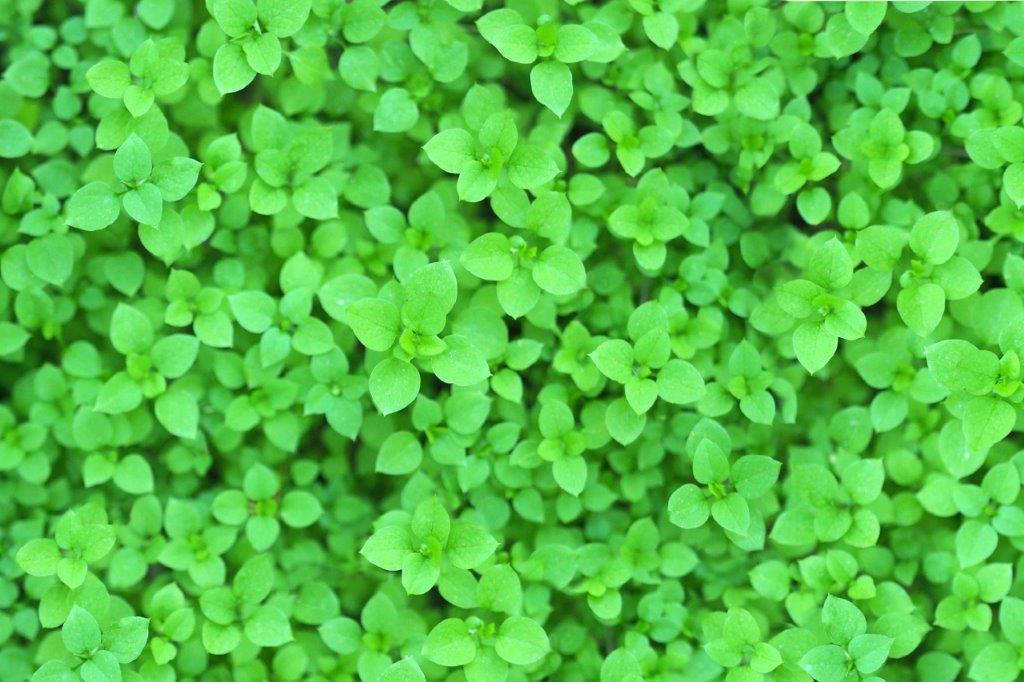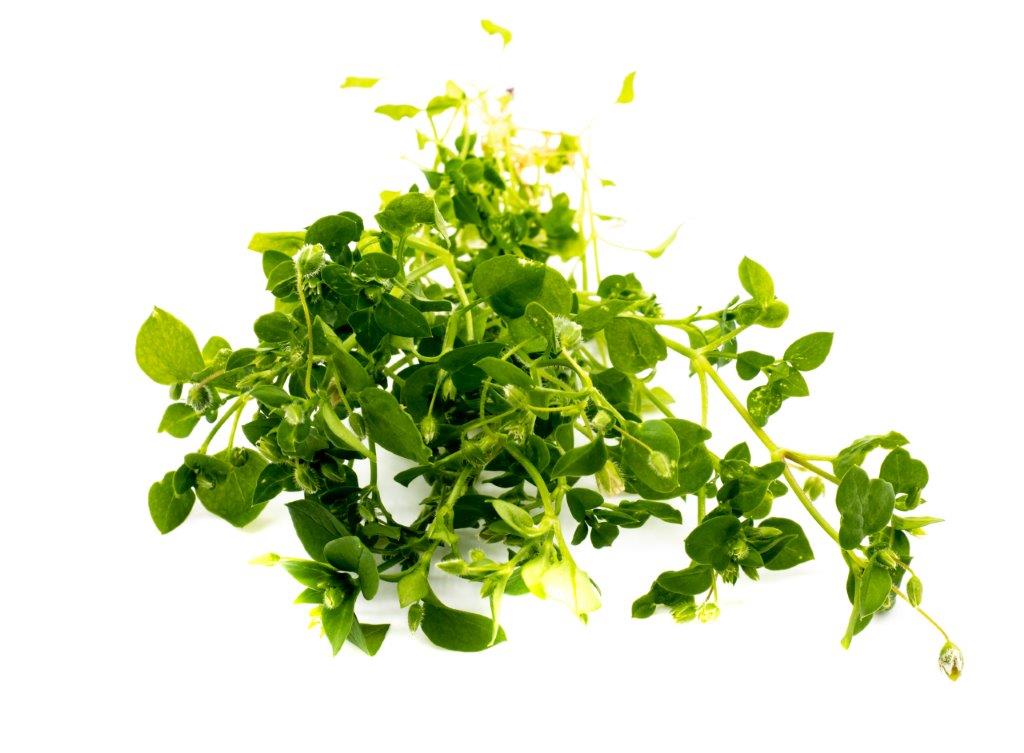Weed spotlight - Mouse Ear Chick Weed
Author: Stefan Palm Date Posted: 29 September 2020
There is a fair chance you've seen this weed in your lawn and garden. We see it a lot at this time of year so how do you identify it and how do you get rid of it?
Chick weed (Cerastium vulgatum) is a broadleaf weed. It’s very common in home lawns and as the name suggests, it has a mouse ear shaped leaf. It is generally light green in colour and tends to spread out into dense mats in your lawn. I would have to say that mouse ear chick weed is one of the most invasive weeds I know. While its easy to control, it’s hard to stop coming back! There are a couple of reasons for this, the first being that it is a prolific seeder. You’ll notice it constantly sending up flowers and when they burst, seeds will spread out all over your lawn. Even when you’ve successfully treated it, you’ll find it quickly returns as the seed in the soil germinates. The second reason that it does so well is that it grows really quickly and has the capacity to spread out with long stems that can root into the soil.
How do you control it?
Like most weeds, mouse ear chick weed will grow most readily in thin, weak lawns with poorly draining soils. One of the best ways you can keep it from appearing in the first place is to maintain a strong, healthy lawn. A dense turf mat will naturally compete and prevent weed establishment.
If it does happen to get a foothold in your lawn, try the following:
- If you get it early before it takes over your lawn, try hand pulling it. It’s a really shallow rooted weed and comes out easily. The soil will still be moist at this time of year, making the job even easier.
- If it gets away on you, you may find that there is simply too much weed to pull out. In these instances, try a selective, broadleaf herbicide such as Amgrow Bin-Die. As I mentioned earlier, this weed falls over very quickly when exposed to herbicide so spraying it is an effective approach ot control Most selective herbicides contain a chemical called Dicamba. I’d avoid this chemical in all cases simply because it can be very damaging to the roots of nearby trees and shrubs. A better way to go is to use a chemical containing Bromoxynil. It won’t have the same negative side effects as Dicamba and its more versatile – you can use it on most lawns including couch, kikuyu, tall fescue and soft leaf buffalo.
- Be prepared to spray several times during the Spring as this nasty little weed tries to re-invade your lawn via the seed its stored in your soil
If you need any help identifying a weed in your lawn, send an email to stefan@paulmunnsinstantlawn.com.au
FAQ's
What herbicide is good for mouse ear chickweed?
Look for selective broadleaf herbicides labelled for use on lawns, such as those containing MCPA, Clopyralid and Diflufenican (such as Bow and Arrow)
How do you get rid of mouse-eared chickweed?
Use a selective herbicide or manually remove the weed, ensuring you get the roots. Maintain a healthy, dense lawn to crowd it out.
What is the difference between mouse ear and common chickweed?
Mouse-ear chickweed has hairy, oval-shaped leaves and grows in mats. Common chickweed has smoother, pointed leaves and is more upright.
How to get rid of chickweed without killing grass?
Apply a lawn-safe selective herbicide, or hand-pull weeds carefully, taking care not to disturb the lawn roots.




